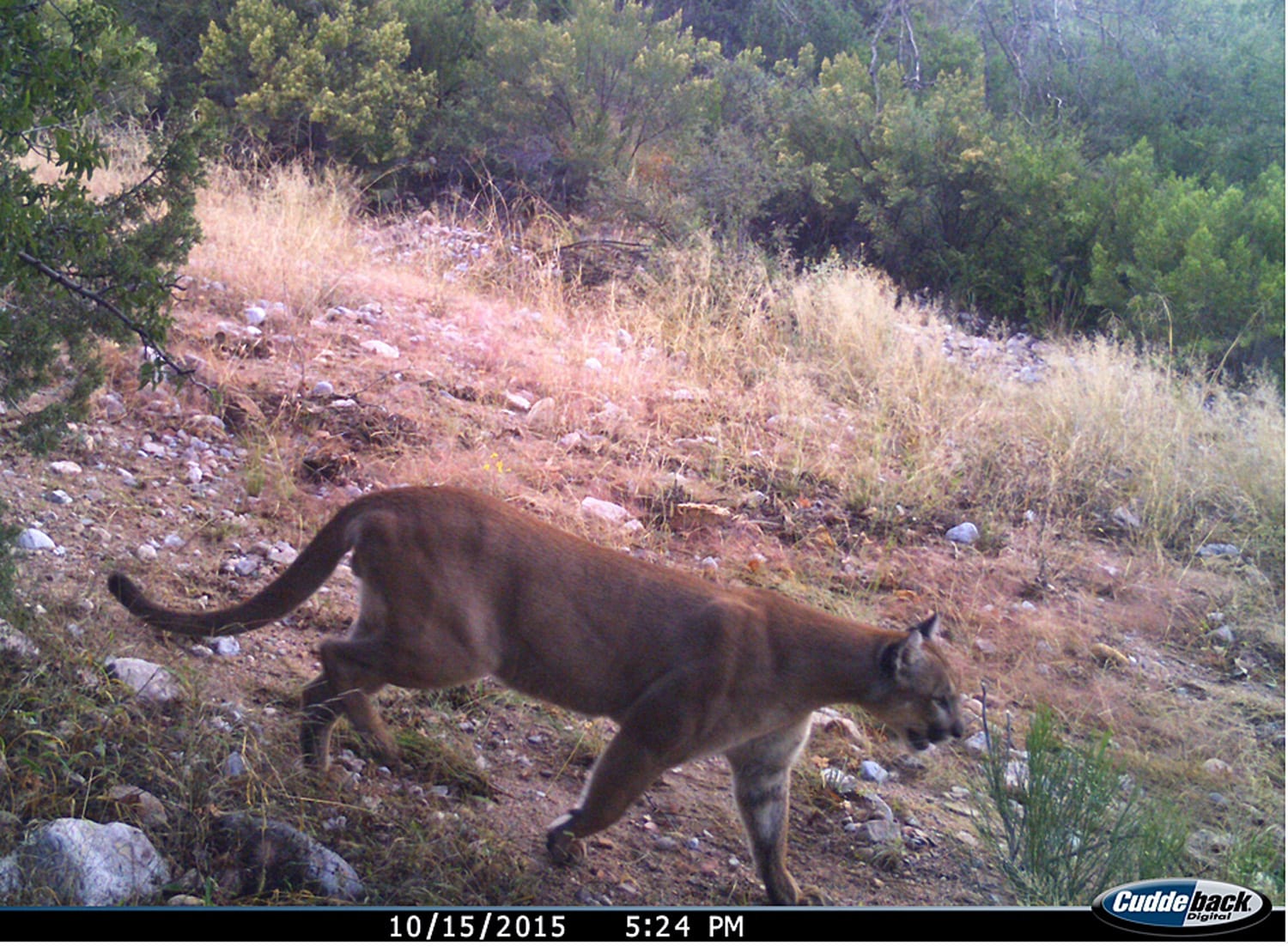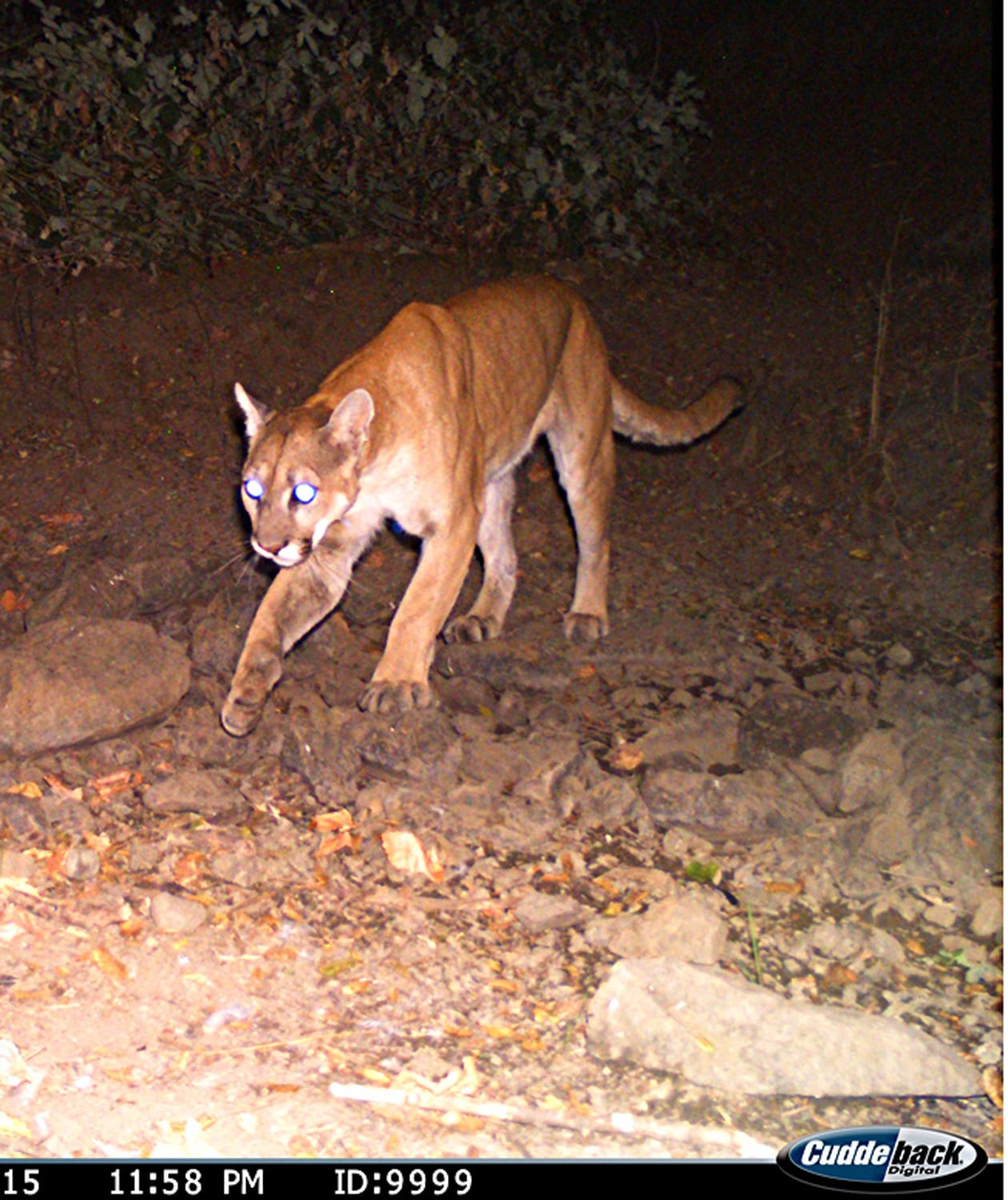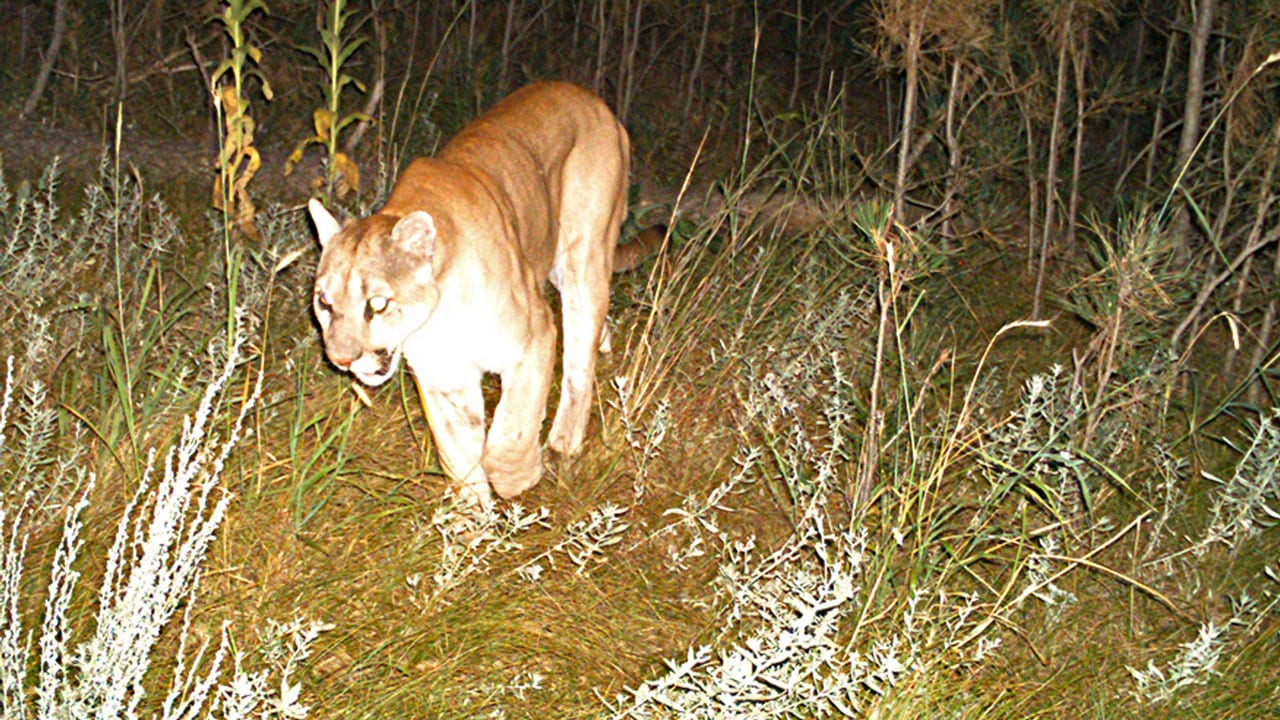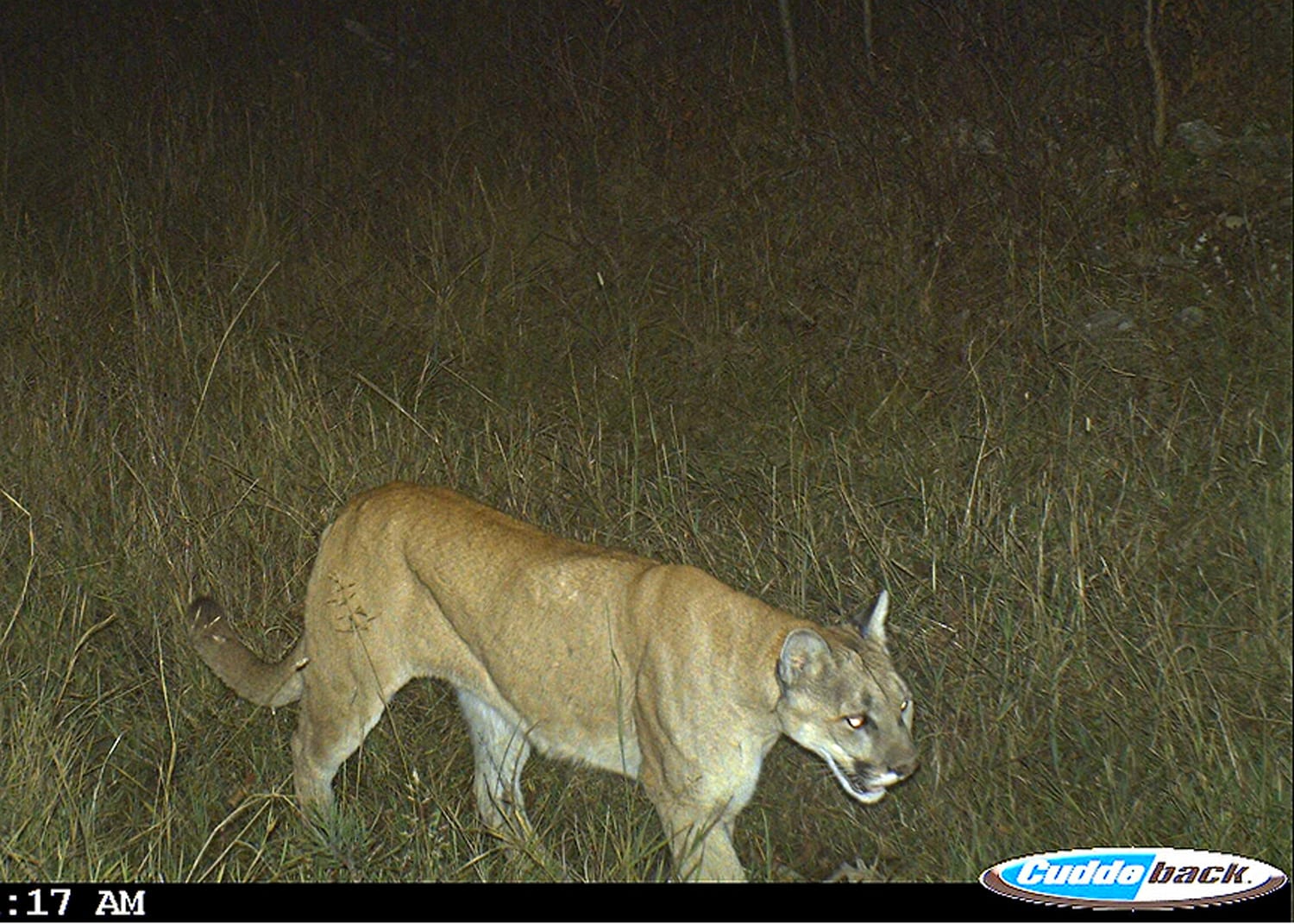A new book called “Heart of a Lion” is giving some folks hope that cougars dispersing from South Dakota’s Black Hills will soon recolonize the Midwest, much like gray wolves from northeastern Minnesota recolonized Wisconsin’s Northwoods and Michigan’s Upper Peninsula.
Before everyone starts stringing “Welcome Back Cougars!” banners near the Mississippi and St. Croix Rivers from Hannibal, Missouri, to Danbury, Wisconsin, they should pause, sit, sigh and quietly set the banner aside for their grandkids or great-grandkids. At least that’s what I’d do after reading a study by eight researchers from Montana to North Carolina, including Adrian Wydeven, who spent much of his career in Park Falls, Wisconsin, as that state’s Department of Natural Resources’ large-carnivore biologist.
Granted, wildlife often surprise the brightest biologists, but verified cougar sightings in Wisconsin each year since 2008 do more to chill hopes of a cougar comeback than stir them.

Photos taken by trail cameras, like this one showing an Arizona cougar, helped verify the path of a young cougar that traveled from South Dakota to Connecticut from 2009 to 2011.
As the researchers note, of the 38 known-sex dispersing cougars killed in the Midwest from 1990 through 2008, 76 percent were males. Besides Wisconsin and Michigan, “Midwest” includes Minnesota, Iowa, Missouri and Kansas. Further, only one female cougar has been detected east of the Missouri River (in Minnesota), and no female cougars have been verified east of the Mississippi River.
You don’t need to be a biologist or credentialed researcher to realize you can’t rebuild a population without some females.
No female cougar has been documented east of the Mississippi River in modern times.

No female cougar has been documented east of the Mississippi River in modern times.
The cougar research paper, “Long-distance dispersal of a subadult male cougar from South Dakota to Connecticut documented with DNA evidence,” was published in the “Journal of Mammalogy” earlier this year. Yes, we realize neither title will trigger offers for movie rights from Hollywood agents. Scientists routinely make the amazing sound mundane.
They did, however, study the actual cat that inspired the “Heart of a Lion” book. To recap, a young male cougar left South Dakota in search of a mate, most likely in Autumn 2009. On June 11, 2011, it was struck and killed on the Wilbur Cross Parkway in Milford, Connecticut. DNA evidence confirmed it was the same tom that left hair and scat, and appeared in several trail-camera photos between December 2009 and May 2010 from eastern Minnesota to the UP. Its jaunt, which covered at least 1,675 miles, lasted almost two years.
I haven’t read “Heart of a Lion” yet, but I couldn’t help but cringe when reading reviews likening the cougar and its journey to Jason and the golden fleece, Odysseus’ epic return to his homeland, and Inman’s return to “Cold Mountain.” Still another reviewer wrote, “This is a story of survival, a tale of how a big cat uses stealth, cunning and physical prowess to travel thousands of miles seeking others of its kind to settle new lands and seed future generations.”
Sheesh. Let’s not get carried away, folks. It wasn’t seeking knighthood, immortality or a newer world. It was simply a young tomcat seeking females, and it took the wrong exit at Rapid City and ended up in Connecticut instead of the Frank Church Wilderness in Idaho.

One wandering young cougar traveled over 1600 miles after leaving its South Dakota home in search of female cats.
There was nothing cunning about it. If you wish to project human traits, let’s assume it felt frustrated and humiliated. Maybe its role model was Jim Marshall, who returned a fumble 66 yards the wrong way in October 1964 to score a safety for the 49ers instead of a touchdown for his Vikings – a play that NFL Films deemed the No. 1 folly in pro football history.
And much like Marshall’s gaffe, this cougar’s excursion was well-documented. Scientists took hair and tissue samples from the 3-year-old goof and started comparing its DNA with samples of hair and feces left by wayward cats elsewhere. They verified a match from four locations from December 2009 to February 2010 in Minnesota and Wisconsin near St. Croix. They also matched a DNA sample of lower quality near Lake George, New York.
Further, nine other cougar sightings confirmed by tracks and/or four trail-camera photos in eastern Minnesota, northwestern Wisconsin, northeastern Wisconsin and the eastern Upper Peninsula during the same time frame were all likely the same cougar traveling eastward.
Now, some folks in those states will spout, “See, I told you we have cougars around here!” But no, this merely verifies the rare occurrence of one young, sex-crazed male cougar passing through Minnesota, Wisconsin, Michigan, Ontario, New York and Connecticut. Why, because he could find neither a female nor a map to solve his problem, and stubbornly pressed on.
What’s more amazing than the cat’s persistence was how many times it was photographed or left its mark. Given that, if cougars are as numerous in the Midwest and East as some folks insist, think how long it would have taken scientists to test all the samples, view all the photos and make the specific match. Chances are, the task would have proven too huge to tackle.

One random cougar sighting hardly represents recolonization in an area.
And if there truly are female cougars around, that tomcat wouldn’t have walked all the way to Connecticut to meet its fate. The fact is, female cougars seldom move far from their mothers, so the species expands its range slowly.
The researchers note, for example, that Black Hills cougars recently needed nearly 20 years of dispersals through relatively wild, undeveloped habitats to establish a breeding population in Nebraska’s Pine Ridge area about 100 miles to the southeast.
Even so, two researchers in a different study think it’s possible that cougars could establish a small breeding population in Minnesota or Wisconsin within 25 years. No one, however, suggests cougars will recolonize New York or New England anytime soon.
Two things are more certain, however, thanks to what we learned from our young “heroic” cougar:
One, the Great Lakes states do not have some skulking, secretive relic cougar population living among us.
Two, should cougars ever take root in Wisconsin, we’ll see them coming.

 By
By 



